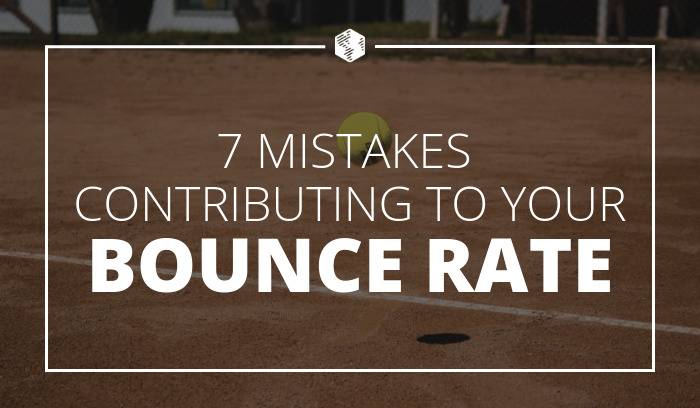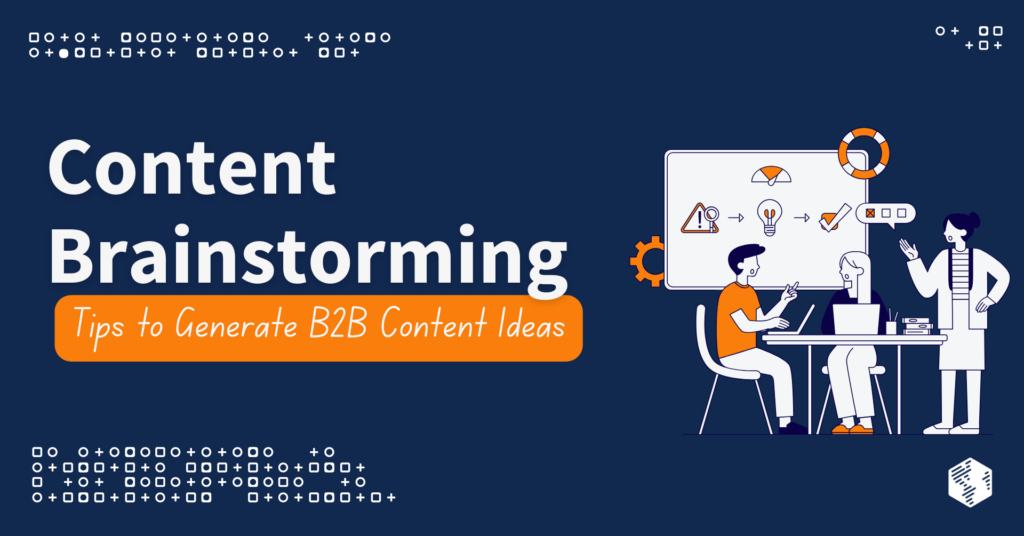Every SEO expert knows it’s not enough to just have a website. You need to optimize that website for increased traffic and conversions. And one of the most significant ways of doing that is by lowering your site’s bounce rate.
Bounce rate refers to the rate at which people visit your website, arrive on your landing or home page and then leave again without further engaging with your content. A bounce rate of 25-55% means you are doing pretty well, but this metric can always be improved.
If you’re lost as to why your site has such a high bounce rate, then keep reading to find out the 5 most common mistakes that are contributing to your site’s bounce rate right now:
1. Your Back-End Is a Mess 
We all know that having a tidy office space contributes to better productivity. Well, the same goes for your digital back office or back-end. The back-end is the building blocks behind the scenes of your website that clients don’t see, but that actually significantly affect their user experience. It is an area that often goes ignored once a website is up and running but keeping your IT tidy and fully-functioning in the background is KEY to lowering your bounce rate.
The first step in creating a fully-functioning back-end is making sure that your Google Analytics is set up correctly so that you have accurate baseline data from which to start measuring and comparing your site metrics.
2. Your Load Speed is Slow
There is a time and place for taking it easy and slowing down to enjoy life’s moments but waiting for a page to load is not one of them. The fast-paced digital world of today keeps getting faster and people expect relevant and reliable companies to keep in stride, so reduce load time to no longer than four seconds and ideally under two if you want to keep bounce rates low.
Improving load speed is not just about saving visitors’ time, but also about inspiring confidence in potential clients by showing them you value their experience as well as their business. Consider a few fixes such as upgrading your webhost, removing oversized images or reducing JavaScript effects – all of which can hamper loading time.
3. Your Meta-Descriptions are Poorly Written
A meta-description is limited to about 160 characters and is a brief description of web page content. In the back-end, this description is built into your site’s HTML and is scanned by search engines to return relevant results. Meta-descriptions also appear in search results under your site’s title, so the more accurate and descriptive they are, the better your click-through rates will be. But keep in mind that higher click-through rates don’t necessarily equal lower bounce rates.
To lower bounce rates you have to ensure that your meta-description contains choice keywords that target search users. Stay true to your brand and only include keywords that are actually representative of what your business offers. Once you have optimized your targeted keyword usage, add a call to action. A concise call to action that gives a sense of urgency or offers an incentive, such as ‘Call us today!’ or ‘Sign up and receive 10% off’ can improve client conversion and decrease your bounce rate.
4. Your Front-End Is a Mess
Let’s say you finally managed to organize that desk we talked about earlier with everything in its place and all files tidied away. However, your shop front isn’t on par – your windows are grimy, you’re missing a few light bulbs, and you only have two mannequins wearing last year’s fashions. Customers will not be flocking to buy your product.
The same concept applies to your website. Your site is your digital storefront and making it relevant and accessible is key to driving business, which is why having good design and content is key to increasing conversion and decreasing your bounce rate.
5. You Don’t Have a Landing Page
A landing page differs from a homepage. Whereas your homepage provides general information about your company and provides links inviting further exploration, a landing page is a one-stop shop for visitors. A landing page can be very powerful as you can condense a lot of relevant information in one place while also including a CTA.
Note that landing pages are usually accessed via traffic-generating mechanisms such as emails, social media posts, or ads. This means that visitors may not have set out to search for what you have to offer and won’t spend a lot of time following up, so you have a small window in which to get their attention quickly. As a result, having a powerful landing page informing visitors of what your business provides and why they should take advantage of it can go a long way in improving conversion and decreasing your bounce rate.
6. Your Content is Badly Written or Confusing
Improving your website’s layout and content is one of the easier fixes when it comes to decreasing bounce rate. It goes without saying that your content should be thoroughly proof-read and grammatically impeccable. That said, when it comes to the rest, remember that simplicity is key and less is often more.
Condensing large swathes of content into a single page not only results in a messy look that is visually fatiguing, but also ends up being dense, unreadable and therefore not informative. You should focus on a simple layout with clear headers that are easily scannable. Content should be composed of pithy sentences that make information digestible – too much jargon and you lose people.
It can be difficult to edit your own content which is why getting professional help in the form of marketing experts and copywriters is often key to improving conversion and decreasing your bounce rates.
7. You Aren’t Mobile
Mobile device accessibility should be part of your online marketing strategy and not an afterthought. Aside from basic cell phone functionality, people have come to rely on their smartphones as the single point of access for all their needs – whether reading the news or their emails, shopping or scrolling through social media.
The ease and expectation of accessibility has become so widespread that if a site is not mobile friendly it is simply dismissed and forgotten. In fact, as of March 2018, Google considers your mobile version of your site as the standard version for your site when crawling. So, if you aren’t considering mobile optimization, your bounce rates will feel it.
Now, take these 7 mistakes and assess your site to make sure you aren’t making any of these common mistakes. You’ll decrease your bounce rate in no time if you tackle these mistakes head-on today! For more help with decreasing your bounce rate, reach out to the SEO experts at OneIMS!



































